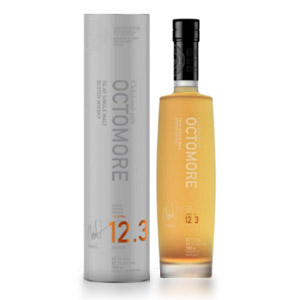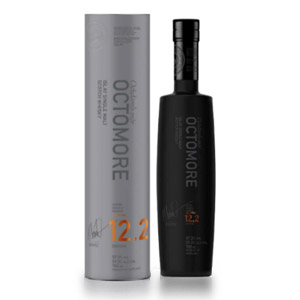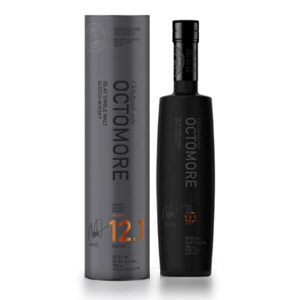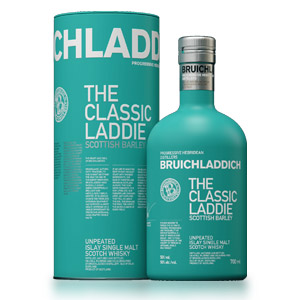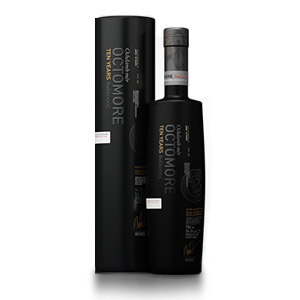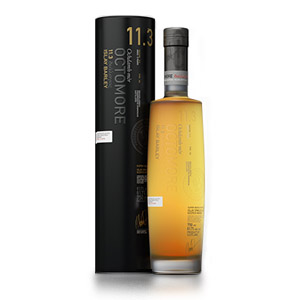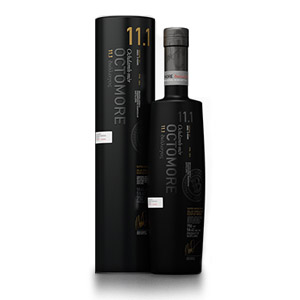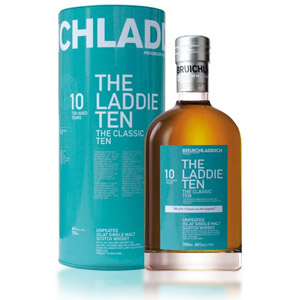Bruichladdich Octomore 12.3
Sherry aging is uncommon at Bruichladdich unlike other distilleries, and it was refreshing for me to hear the reason out loud from head distiller Adam Hannett on our group call for the Octomore Twelve campaign. He said that Bruichladdich decided to discontinue sherry aging years ago when they found they couldn’t get any true sherry casks from the open market. Everything they received was sherry “seasoned” (meaning some sherry-like liquid was…

